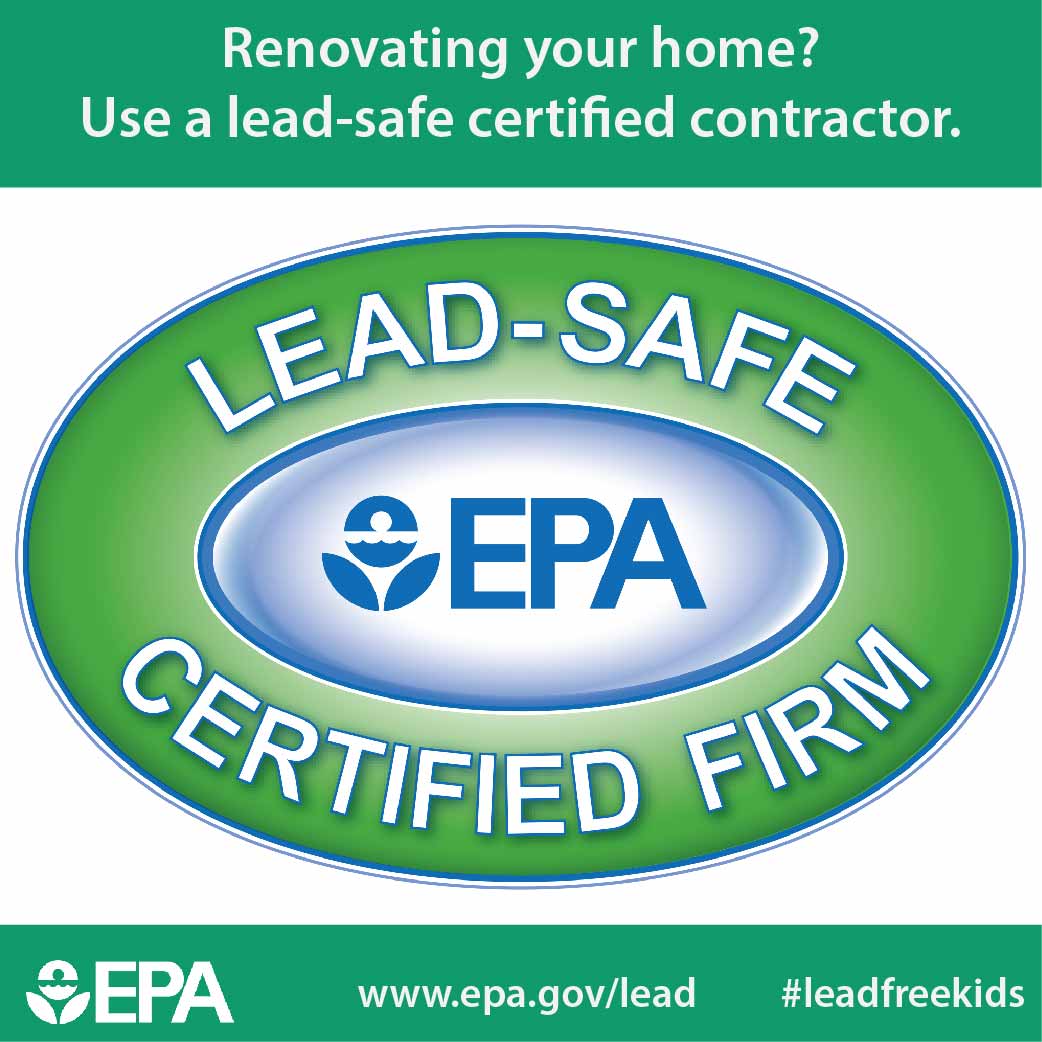Essential Seasonal Aspects Of Commercial Outside Painting: What You Ought To Recognize
Essential Seasonal Aspects Of Commercial Outside Painting: What You Ought To Recognize
Blog Article
Web Content Author-Ford Celik
When you're intending a commercial external painting task, seasonal factors can make or break your outcomes. You'll intend to think about how temperature and humidity influence paint application and drying out times. Choosing the appropriate period can ensure your paint sticks appropriately and lasts much longer. But which seasons are really the best for this sort of job? Let's explore the key elements that can affect your task's success.
The Influence of Temperature Level on Paint Application
When you're preparing a business external painting task, the temperature level can substantially influence how well the paint sticks and dries.
Ideally, you want to repaint when temperature levels vary between 50 ° F and 85 ° F. If it's as well cold, the paint may not treat correctly, bring about problems like peeling off or fracturing.
On the flip side, if it's also hot, the paint can dry out as well quickly, stopping proper attachment and leading to an unequal surface.
You need to likewise take into consideration the moment of day; early morning or late afternoon provides cooler temperature levels, which can be extra favorable.
Always examine the maker's recommendations for the certain paint you're utilizing, as they often give assistance on the perfect temperature level array for optimum results.
Humidity and Its Effect on Drying Times
Temperature level isn't the only ecological element that influences your industrial outside paint job; humidity plays a substantial function too. High humidity levels can reduce drying times drastically, influencing the general high quality of your paint work.
When the air is saturated with moisture, the paint takes longer to cure, which can cause concerns like poor adhesion and a higher risk of mold development. If webpage on a specifically moist day, be prepared for extended wait times between coats.
It's critical to check neighborhood weather and plan appropriately. Preferably, go for moisture degrees between 40% and 70% for optimum drying out.
Maintaining these factors in mind ensures your project stays on track and supplies a lasting coating.
Best Seasons for Commercial Outside Painting Projects
What's the most effective time of year for your industrial exterior painting projects?
Springtime and early fall are usually your best bets. Throughout these seasons, temperature levels are moderate, and moisture levels are frequently lower, producing perfect conditions for paint application and drying.
Prevent summer's intense heat, which can trigger paint to completely dry as well quickly, causing inadequate attachment and coating. Likewise, winter's cool temperature levels can hinder correct drying and treating, risking the long life of your paint work.
Go for https://trentonjqxdm.humor-blog.com/33237442/discover-the-essential-inquiries-to-consider-before-picking-house-painters-and-discover-the-tips-for-renewing-your-home-with-a-new-layer-of-paint with temperatures between 50 ° F and 85 ° F for optimum results. Remember to inspect the neighborhood weather report for rain, as wet problems can destroy your task.
Preparation around these factors guarantees your paint task runs smoothly and lasts longer.
Verdict
In conclusion, intending your industrial external painting jobs around seasonal considerations can make a significant difference in the result. By scheduling job during the optimal temperature levels and humidity degrees, you'll make sure much better attachment and drying out times. Keep in mind to keep an eye on local weather forecasts and choose the correct time of year-- springtime and very early fall are your best choices. Taking these actions will help you accomplish a resilient and expert coating that lasts.
